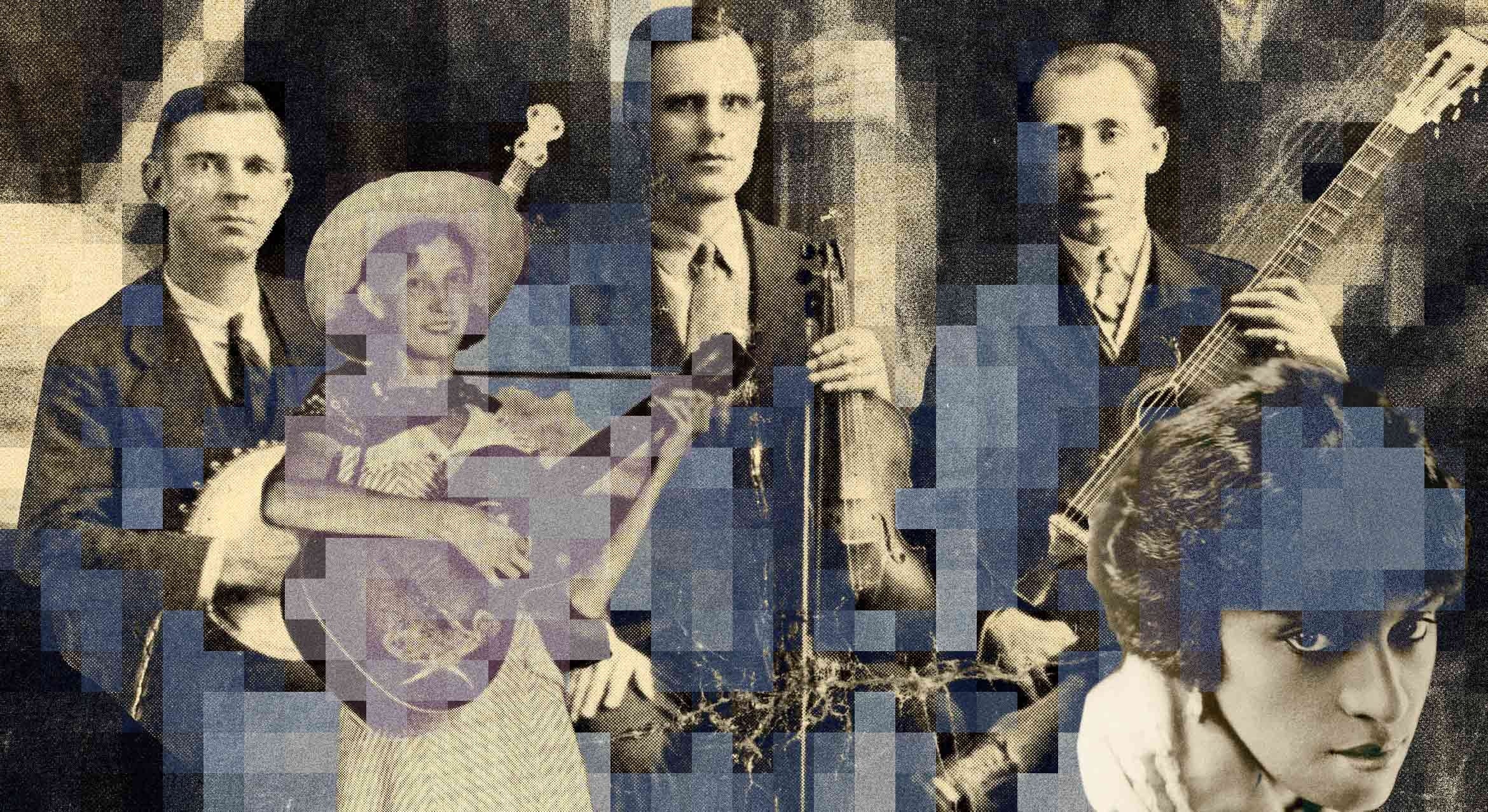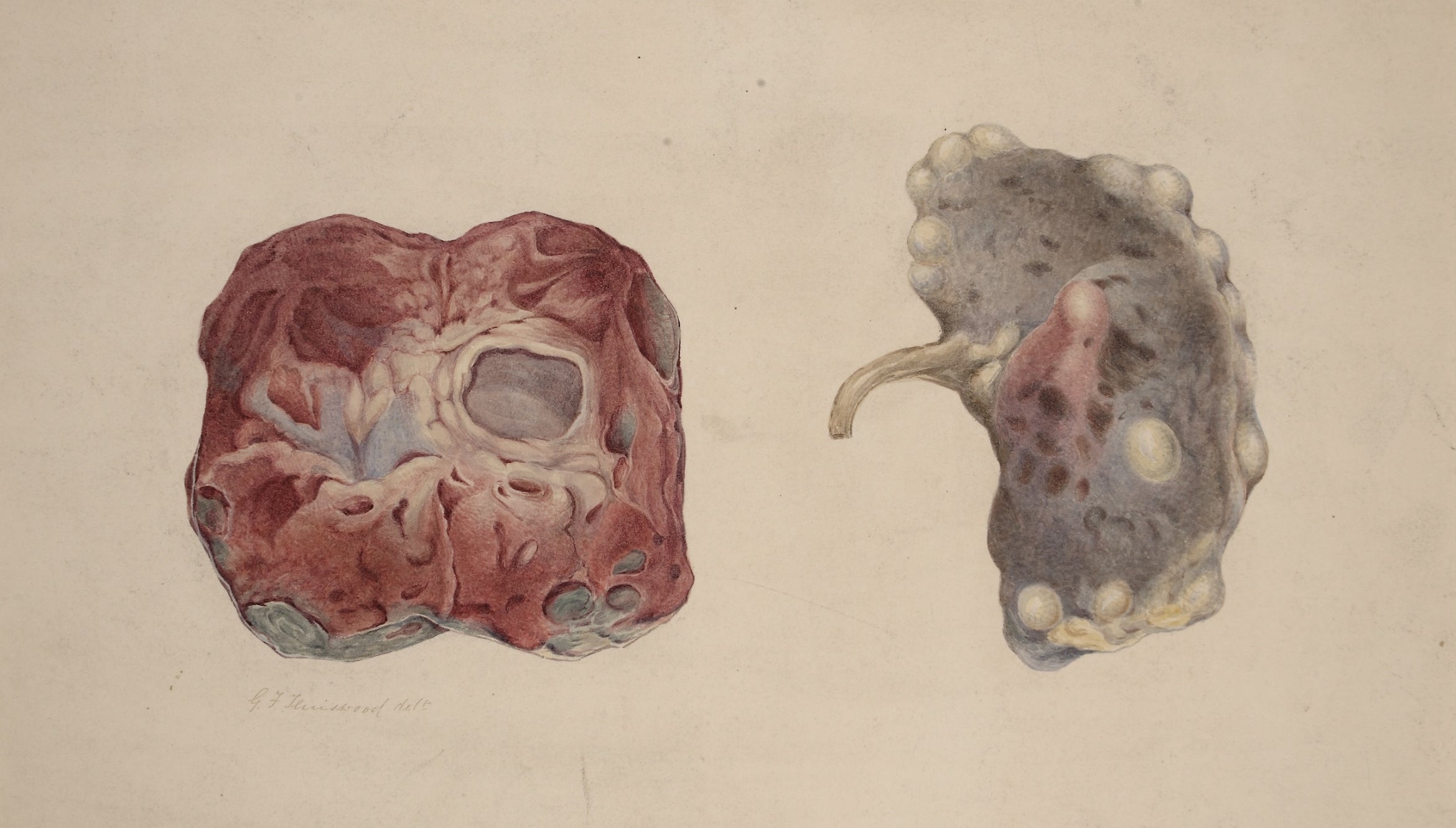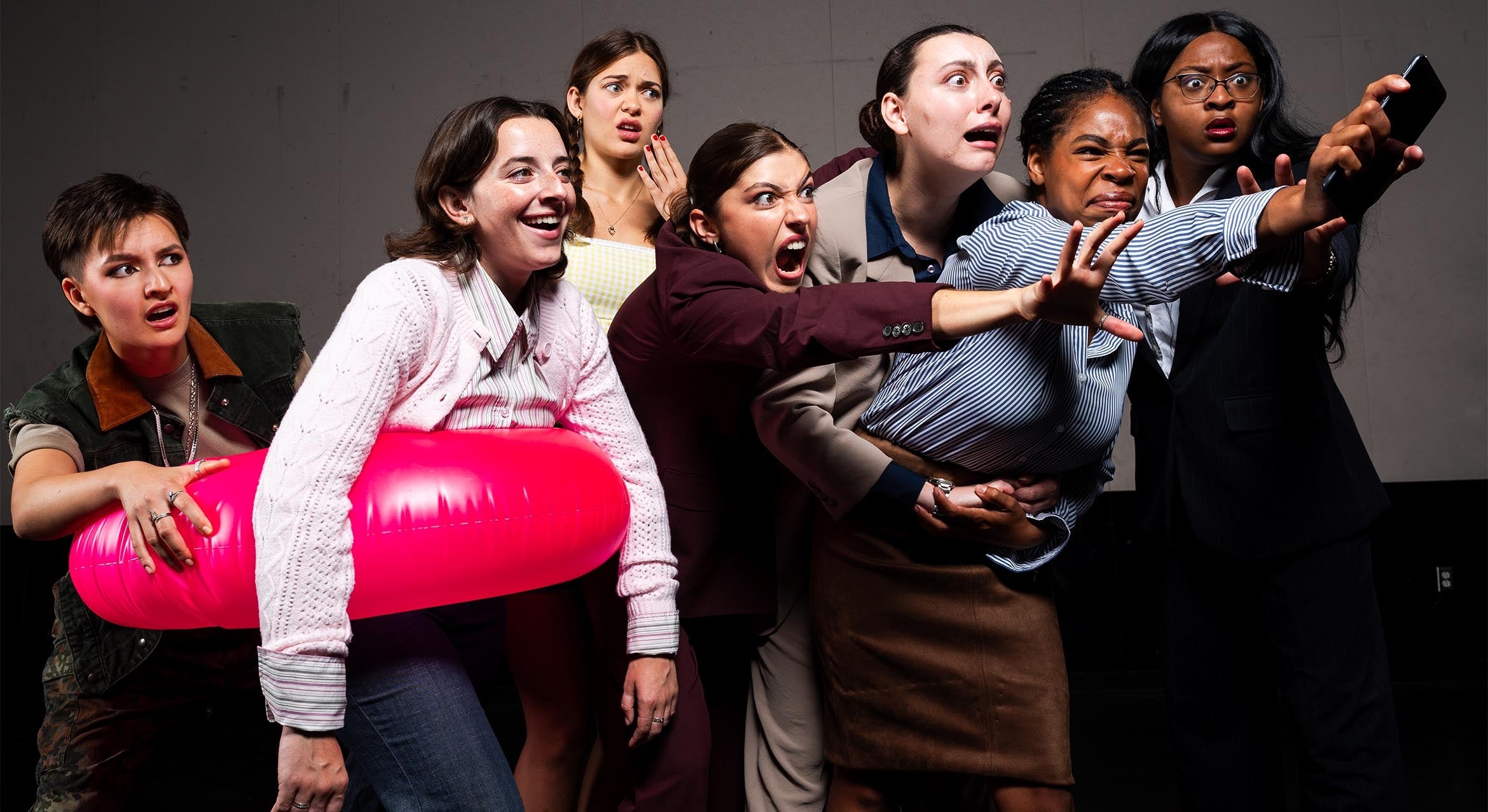A space for wellbeing, contemplation and local artistry
Aiming to foster wellness, inclusivity and belonging across campus, the Clinical, Counseling, School Psychology (CCSP) program has opened a reflection room open to students, faculty and staff. Borne out of an initiative driven by Maryam Kia-Keating, chair of the CCSP department, the dedicated space — a testament to UC Santa Barbara’s commitment to community wellbeing, offers a haven for meditation, prayer, contemplation and/or rest.
“We understood that community members need a quiet space for a necessary pause, as well as to engage in meaningful spiritual practices that help to restore their wellbeing,” said doctoral student Daniela Sarmiento Hernandez, who played a key role in the room’s development. “We wanted to provide that space.”
The concept of reflection rooms has gained significant traction in recent years, with institutions such as UCLA, UC Santa Cruz, UC Davis, UC Irvine, the University of Michigan and Santa Barbara City College all implementing such spaces, according to Kia-Keating. Their success in fostering community wellbeing and inclusivity, she added, has underscored the need for such spaces at CCSP, where students, faculty and staff are actively engaged in frontline work to serve individuals, families, schools and communities in crisis. “Maintaining a culture of wellness, and providing support to reduce burnout and compassion fatigue, is critical,” she said.
Maria Sanchez-Gonzalez, CCSP staff, who also played a key role in planning the room, noted, “Since the pandemic, people’s stress levels are high and the demands are even higher because the communities we serve have a lot of complex needs. The Reflection Room gives us all a place where we can take a moment to breathe when it’s most needed.”
Funded by generous faculty donations, the CCSP Reflection Room boasts serene interior design and thoughtful elements to create an atmosphere that encourages relaxation and reflection. Equipped with comfortable seating, soft lighting, books, journals and soothing decor, the room is open to people of all faiths and backgrounds. It is intended to be a place of inspiration and rest. Local artists Adam Peot and professor emeritus Merith Cosden, as well as students, have contributed art to adorn the walls.
“We also have a journal in the room, and places where people who visit can leave a note, memory or reflection,” said Kia-Keating. “So, it will be ever-evolving. I hope it’s a place that people return to again and again for comfort and restoration.”
The Reflection Room is open daily in Education 2146.
Shelly Leachman
Editorial Director
(805) 893-2191
sleachman@ucsb.edu



